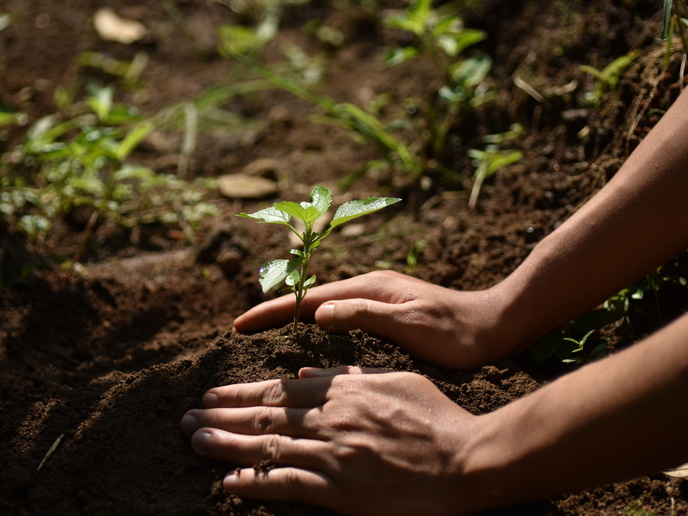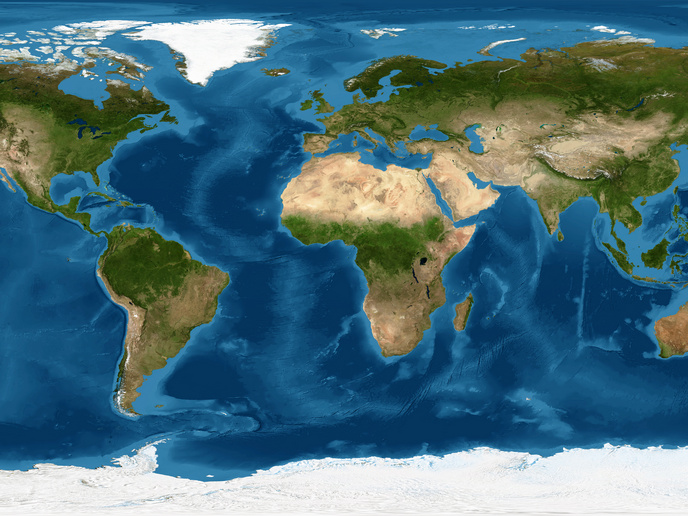Advancing land-based solutions for climate change mitigation
Land-based mitigation technologies and practices (LMTs) are essential in the fight against climate change. They involve intentional efforts to reduce greenhouse gas emissions from land use and from the atmosphere by using land as a carbon sink, providing both environmental and social benefits. There are still uncertainties and barriers regarding the effectiveness of LMTs. To improve their assessment and support to decision-making in the public and private sector, the LANDMARC project was born. “The global and regional scaling potential of LMTs is substantial. Such nature-based practices, despite the uncertainties of reversal, generate valuable local services for the environment, for example in biodiversity and society through job creation, strengthening resilience of land-based ecosystems,” argues Jenny Lieu, LANDMARC’s co-coordinator.
Advances to expand LMTs
“More standardised and cost-effective methods are needed to be able to reliably quantify the climate and ecosystem performance of managed landscapes. Also, there is a great need to simplify and harmonise the existing and expanding EU landscape of policies for carbon farmers,” says Eise Spijker, LANDMARC’s other coordinator. LANDMARC has contributed to advancements in novel and more robust methods, called carbon measurement and monitoring tools, which measure LMTs in different contexts. To field-test these tools, the project carried out experiments combining remote sensing and in situ monitoring tools and methods in 14 countries worldwide.
Unique insights
The integrated approach of LANDMARC was essential in identifying important elements for the implementation of LMTs. For instance, the research found that local and indigenous knowledge and practices, although highly valuable for LMTs, are often underrepresented or ignored. Gaps in local knowledge regarding specific LMT solutions, costs, and challenges of navigating the complex policy landscape were also identified among stakeholders.
Benefits for society
LANDMARC’s assessment of the policy landscape for LMTs provides information that helps better align new policy frameworks (e.g. CRCF) with existing frameworks (e.g. CAP, RED, ETS1 and ETS2). A complementary package of incentive schemes that is easy to navigate and avoids administrative overlaps is needed for land managers to effectively implement more sustainable LMT practices. Lieu and Spijker stress that: “From the perspective of carbon farmers, local communities, and land managers, our focus should be on a more integrated approach, whereby the policy mixes and financial valorisation supports the achievement of several different socio-economic and environmental objectives.” In this way, LMT practices will be able to deliver benefits to local communities and help societies become more resilient to climate change and other external shocks. “Scaling up LMTs is not just about accounting and financing CO2 removal or emission reduction but, even more so, about contributing to deliver other social and environmental impacts that matter,” Lieu and Spijker conclude. To learn more about LANDMARC, you can read the final edition of the project’s magazine.
Keywords
LANDMARC, climate change, CO2, greenhouse gas, land-based mitigation technologies, carbon removal, Paris Agreement







